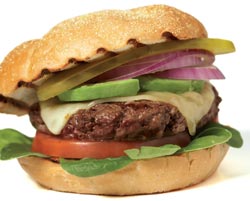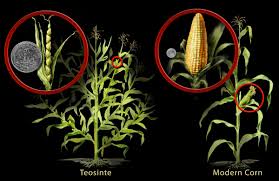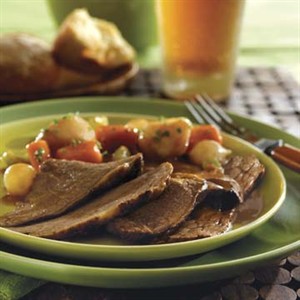As I seem to do, I have chosen yet another hot button issue to write about. You see, the question of antibiotics in meat, is a tricky one. Why ? Because by the time it reaches your table, ALL meat is antibiotic free. Now, that doesn’t mean that food animals don’t get antibiotics, what it means is, that farmers have to adhere to strict wait times before sending those animals for processing.
I can tell you, from personal experience, that I always chose meat that was labeled ANTIBIOTIC FREE in hopes of protecting myself, my husband and myself from drug resistant infections. I paid extra in hopes of some peace of mind. After all, I researched everything we put on our plates and into our bodies. At least I thought I had researched everything. That was until, I was given an opportunity to sit down with a panel of experts in their fields and discuss the topic at length. The panel consisted of Veterinarians and farmers alike, each offering their perspective on the topic. I was expecting difference of opinion, but that was not at all what I received.
Most farmers (I say most as their are always ones who go rogue in the face of regulation) work hand in hand with an RDVM to keep their herd or flock healthy. Because if they don’t, guess what ?? That food never reaches the table, and what that means for a farmer ?? Loss of income. And seeing as farming is already a game of wait and see, most choose not to take chances. Their livelihood depends upon their meat, entering the market safely.
So, I’ll bet you want to know exactly WHAT that means for you, for your hard earned dollars, and for the food that you feed yourself and your loved ones. Well, let’s get started, and I will do my best to help you make the choices that are best for your family.
Let’s say, Farmer Fred finds a sick animal in the corner of the pen, as he does his daily inspection. If he leaves that animal as is, guess what ?? Farmer Fred will end up with a pen full of sick animals !! This does not bode well for you OR for Farmer Fred. Farmer Fred picks up the phone and calls his Vet, asking him to pay a visit to check out the health of his animals. Once done, Dr. Bob prescribes medicated feed for ONLY that animal (or any that show symptoms of illness upon examination) That animal(s) is immediately isolated from the rest of the herd and is kept away until no longer exhibiting signs or symptoms. If the animal is headed to processing, Dr. Bob will ensure that VERY specific wait times are adhered to before sending that animal on. THAT MEANS that by the time that meat reaches your table, though it received medicated feed, to treat illness, at this point, it is ANTIBIOTIC FREE.
So ….is antibiotic free simply a marketing tool ? Sort of !! It is possible to get antibiotic free certification, but it is very difficult and VERY expensive. And also, very rare. Without medicated feed, the farmer we spoke to, lost 40 % of their pigs to dysentery in the 1990’s. I personally, would rather know that an animal was treated and healthy than even begin to consider that an animal with an infection such as that, was anywhere near my food source. But of course, that choice is yours.
Antibiotics in meat, help to keep you and your family safe. They are put in place as a tool to ensure that what you feed your family, remains bacteria free. If you were sick, and the Doctor told you that you needed a prescription for amoxicillin so that you could get well, would you take it ?? That’s how a farmer views it too ! Healthy animals create healthy food.
Many people, when asked, do beg the question that antibiotics are misused and overused. This, to a point, is true. But near the end of 2016, antibiotics used to improve rate of gain, will become obsolete. And in the last 5 years, the rate of therapeutic antibiotic use has decreased by 7% !! I’d say that’s great news. Less usage, creates less elimination of the drugs, meaning less in our groundwater as well, THREE CHEERS for that !! Hip hip HOORAY.
So, the next time you are shopping, perhaps you can save your money and avoid the catch phrase “ANTIBIOTIC FREE ?” I am pretty confident, that you are merely paying for the words themselves.
Don’t believe me ?? Do your research. But please, make sure, as always, to hear both sides of the argument. You might be surprised at what you learn.





















